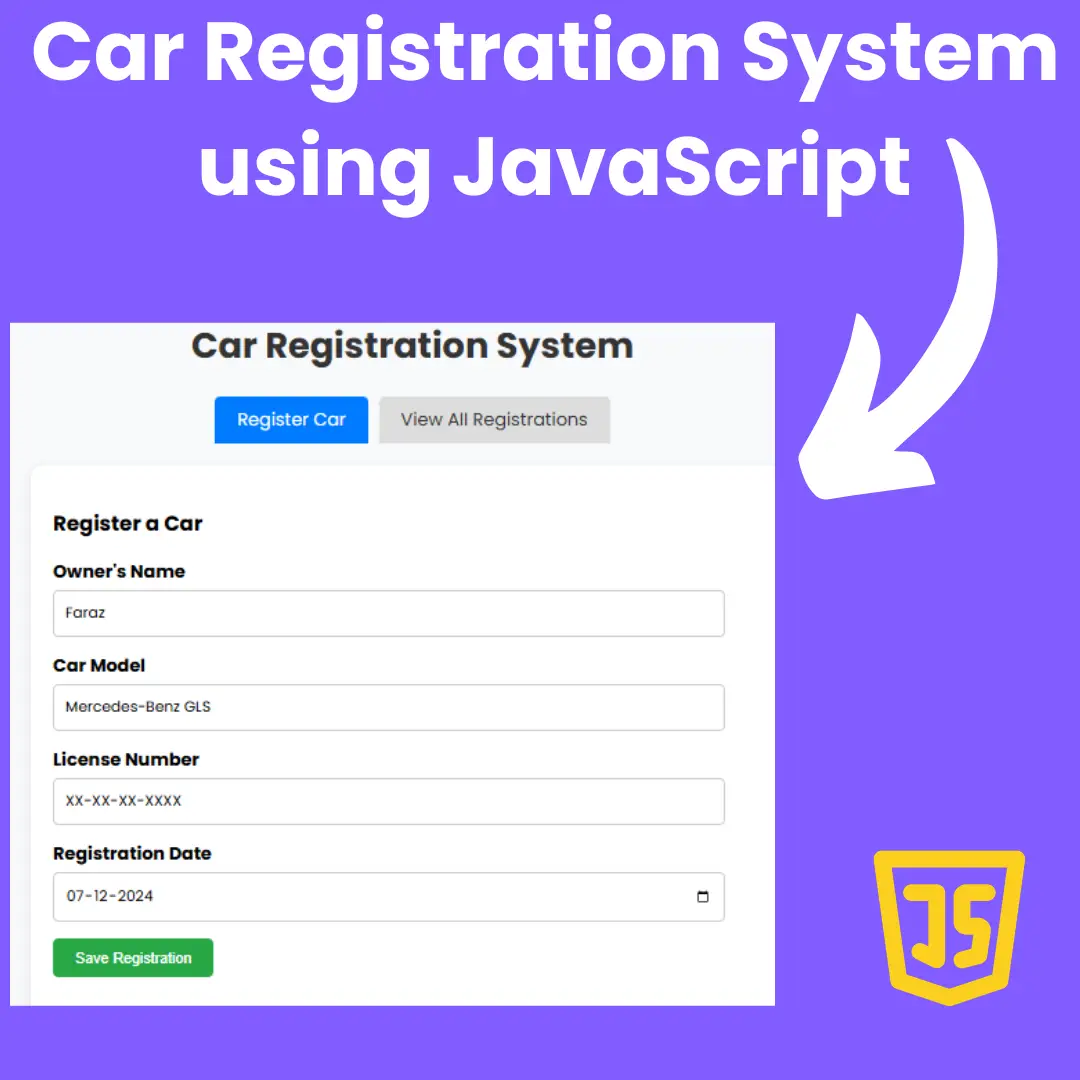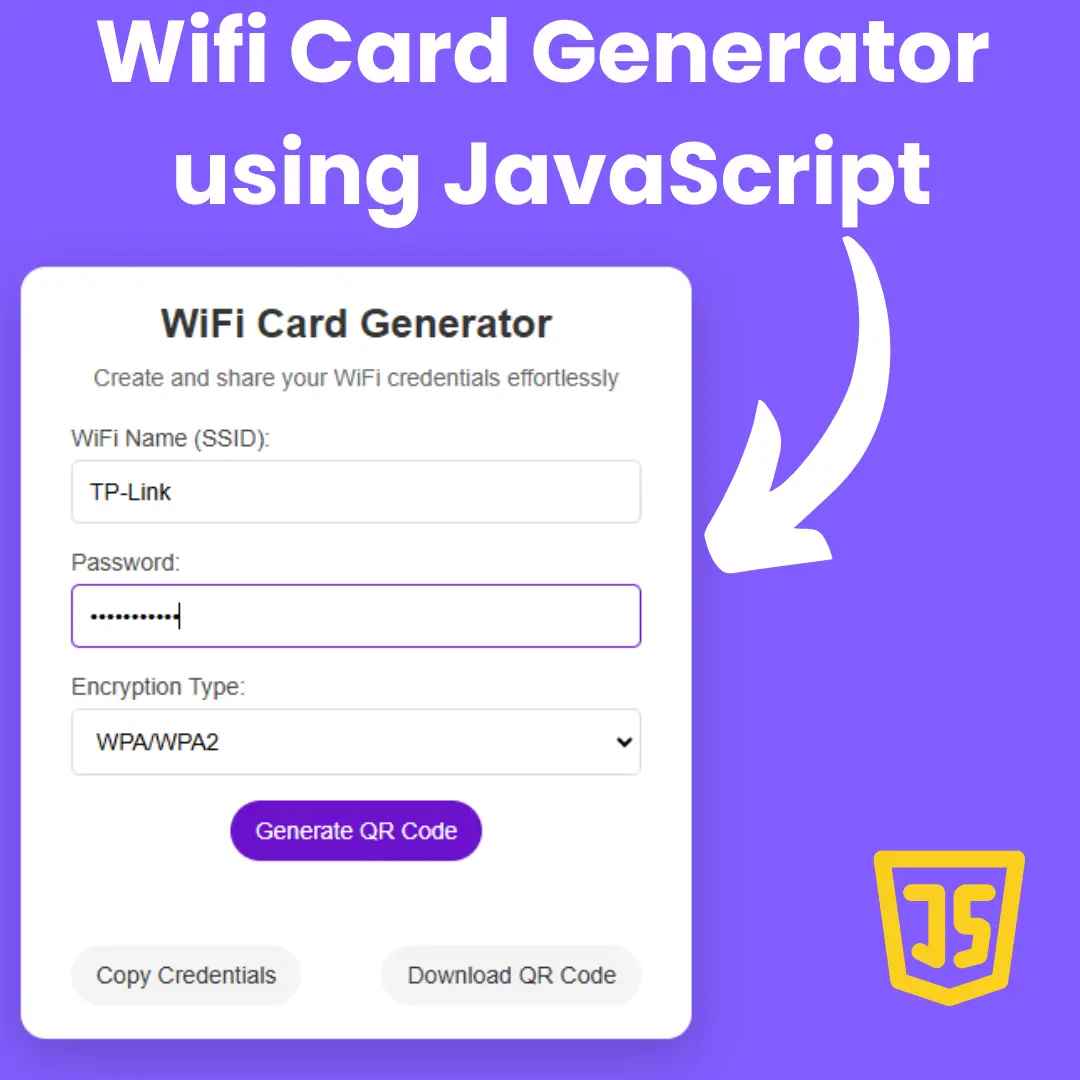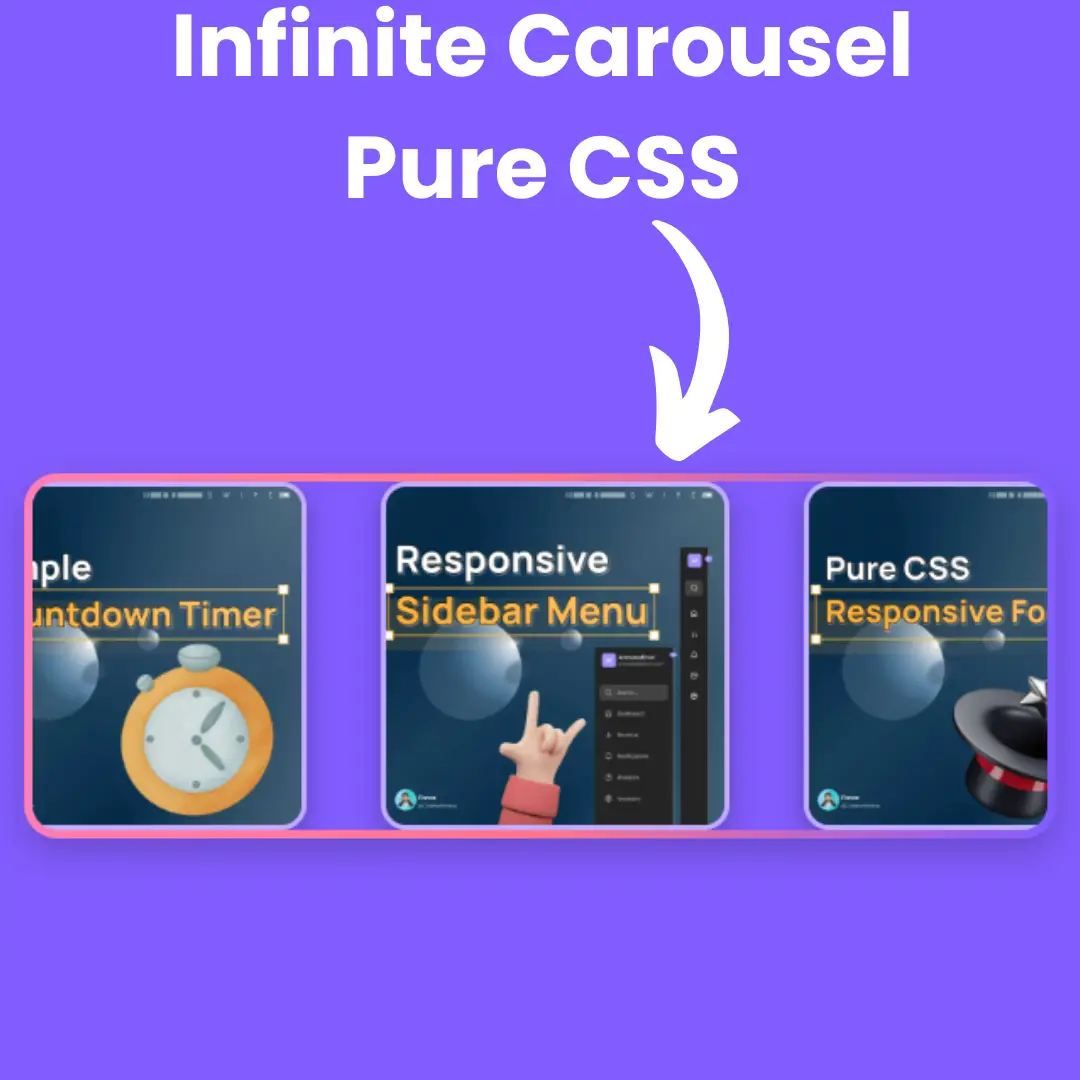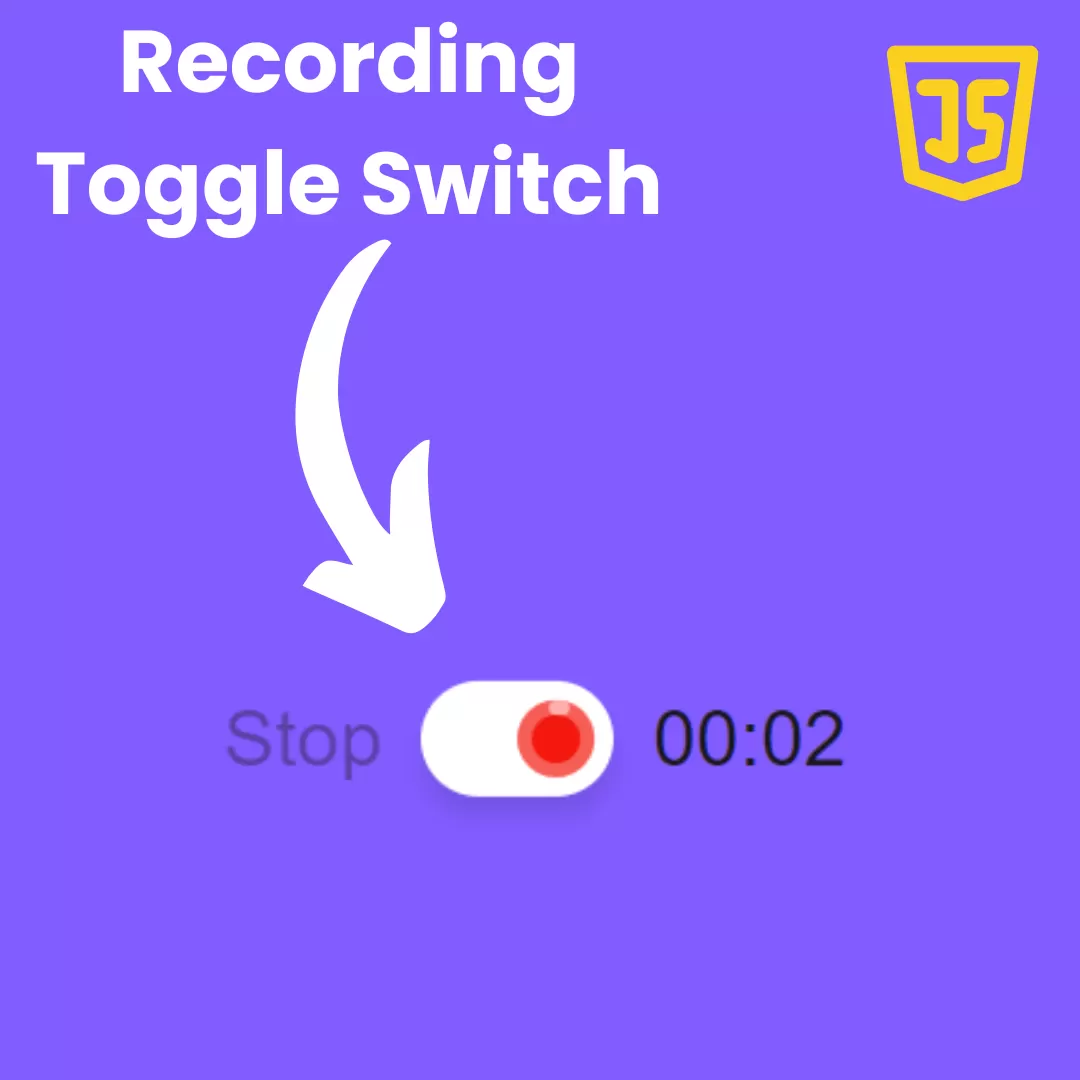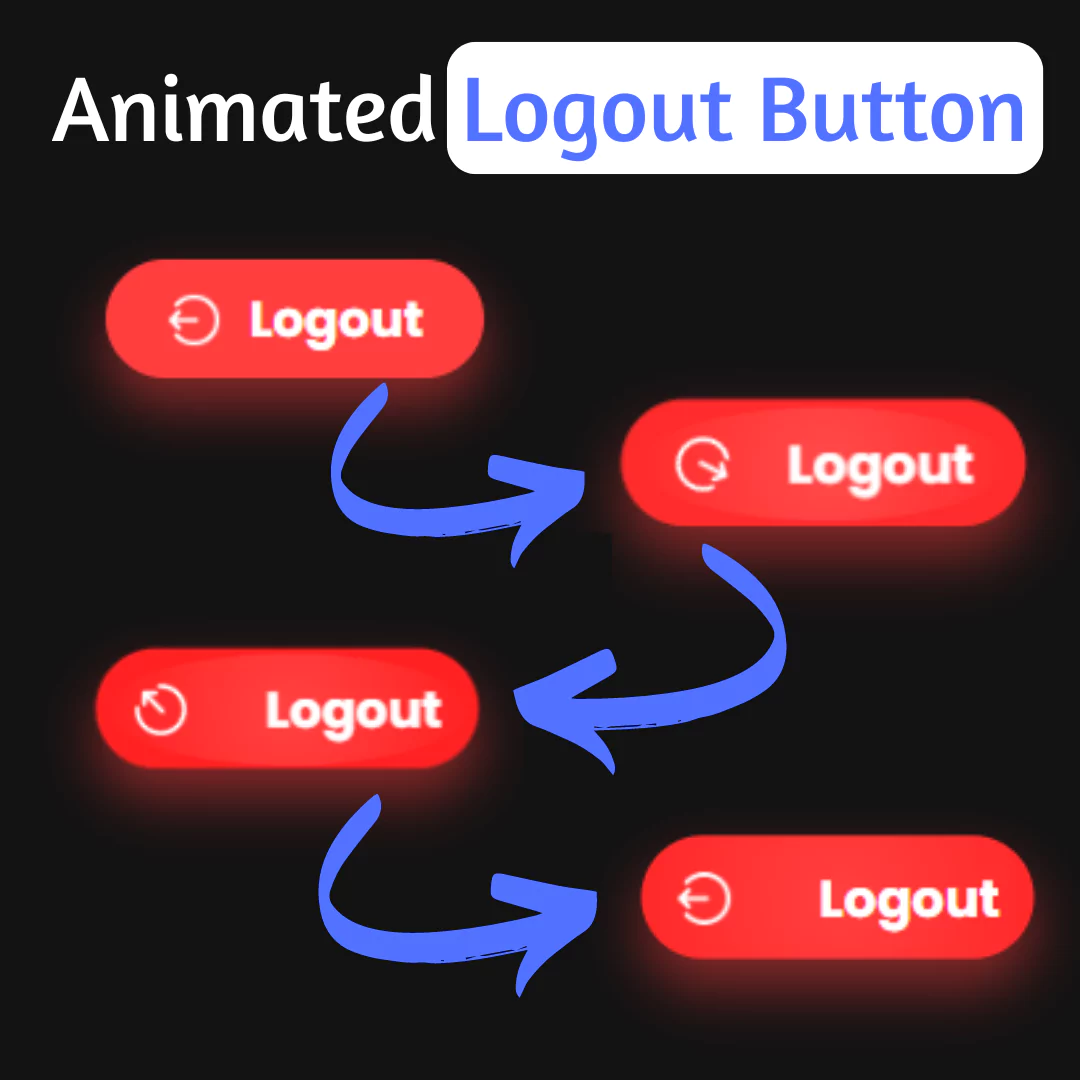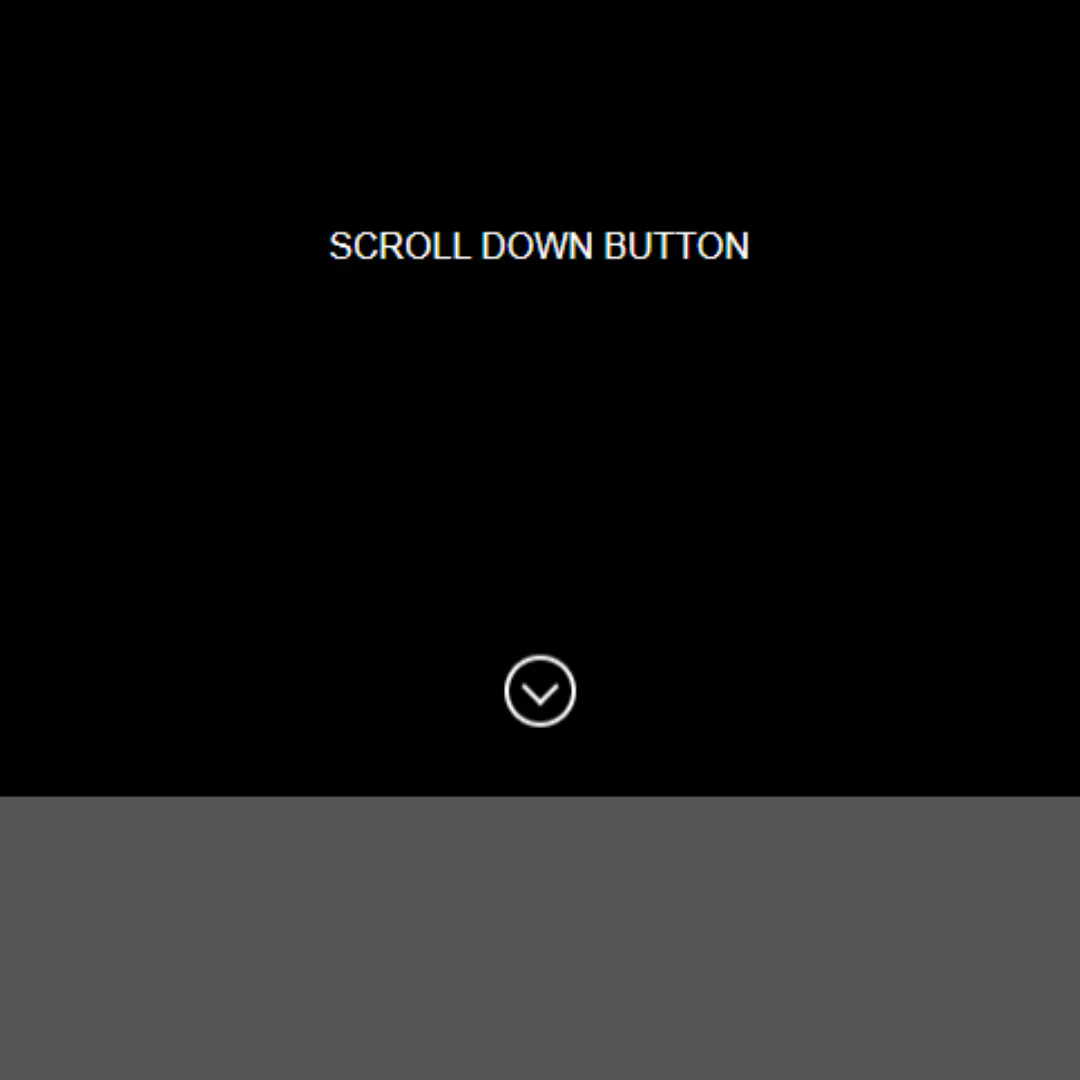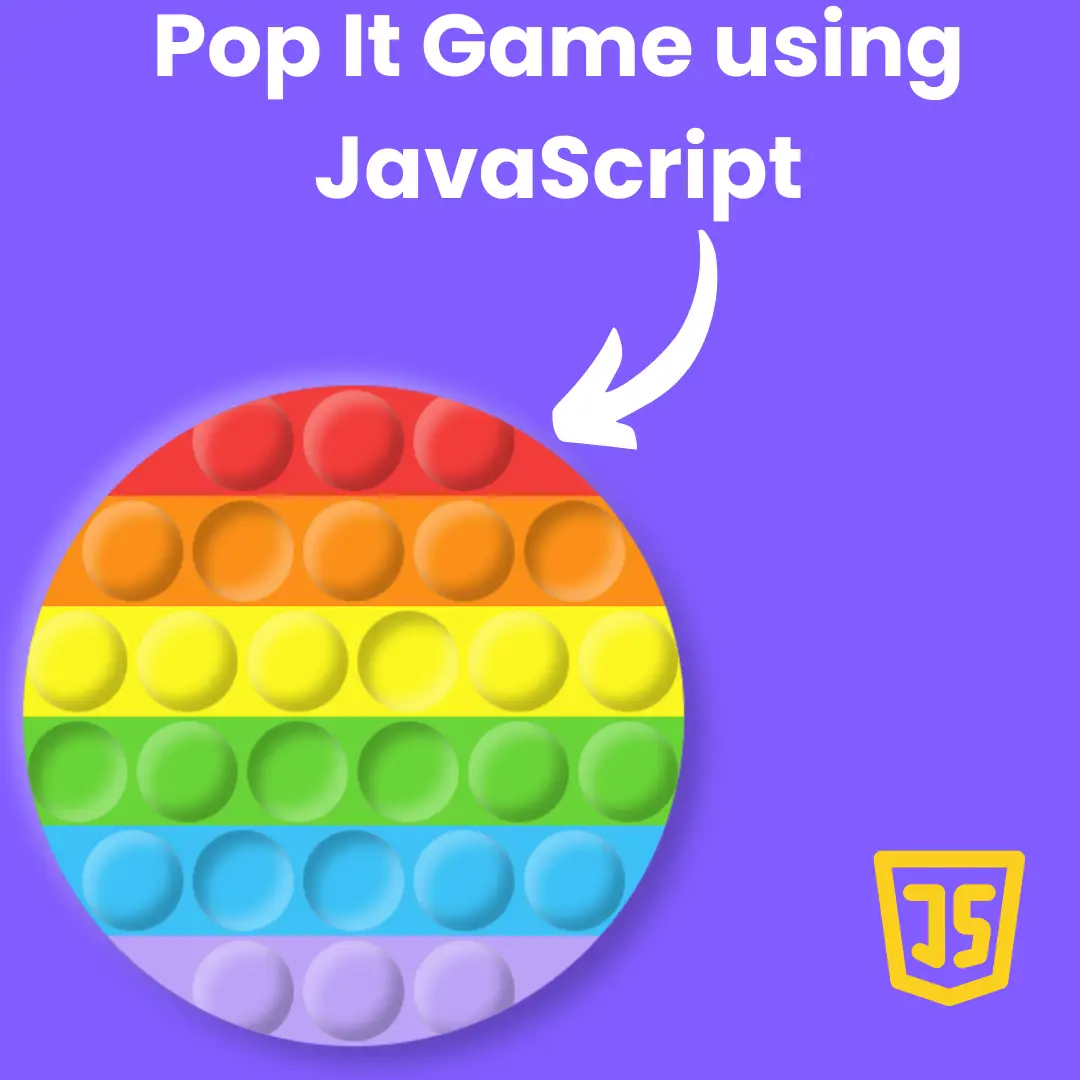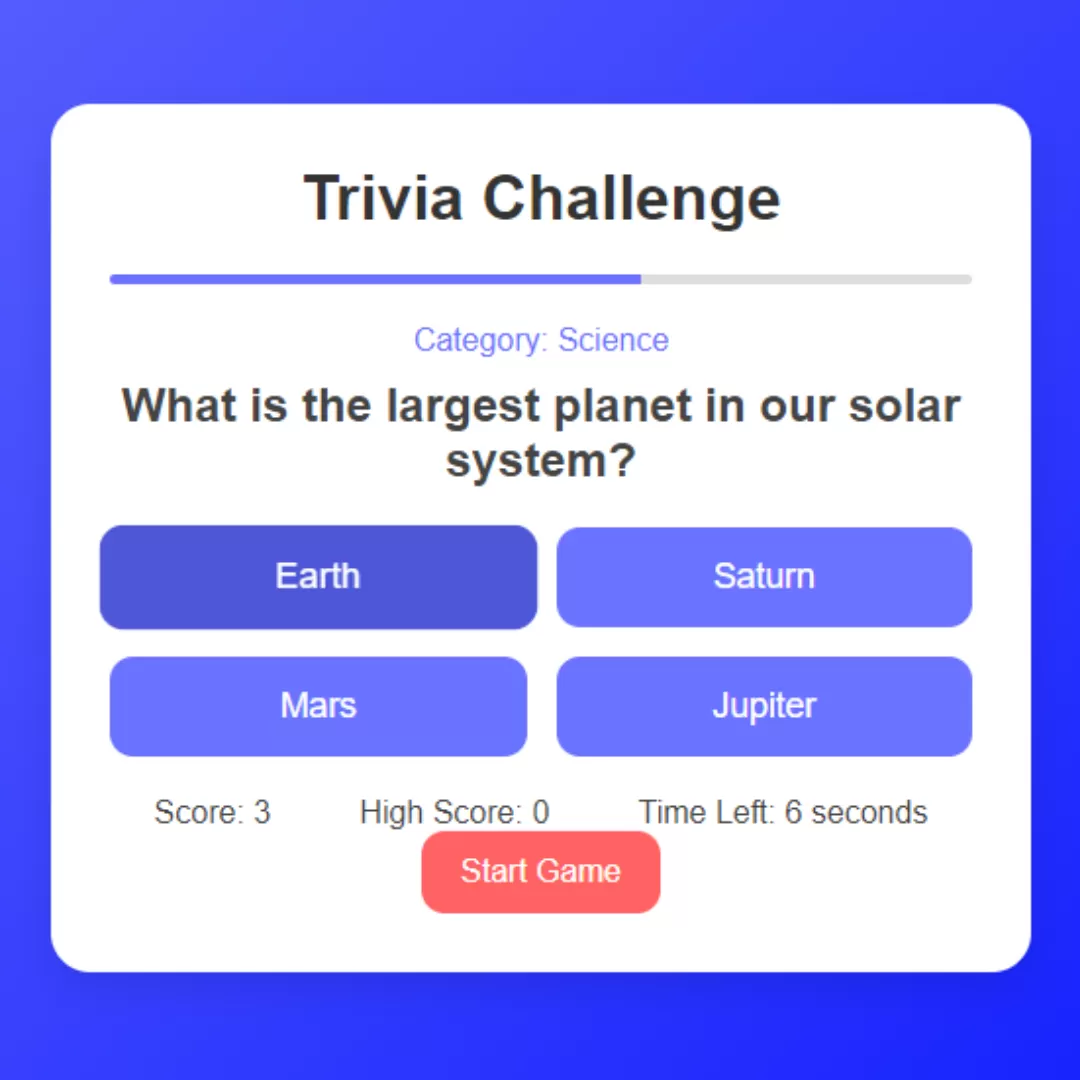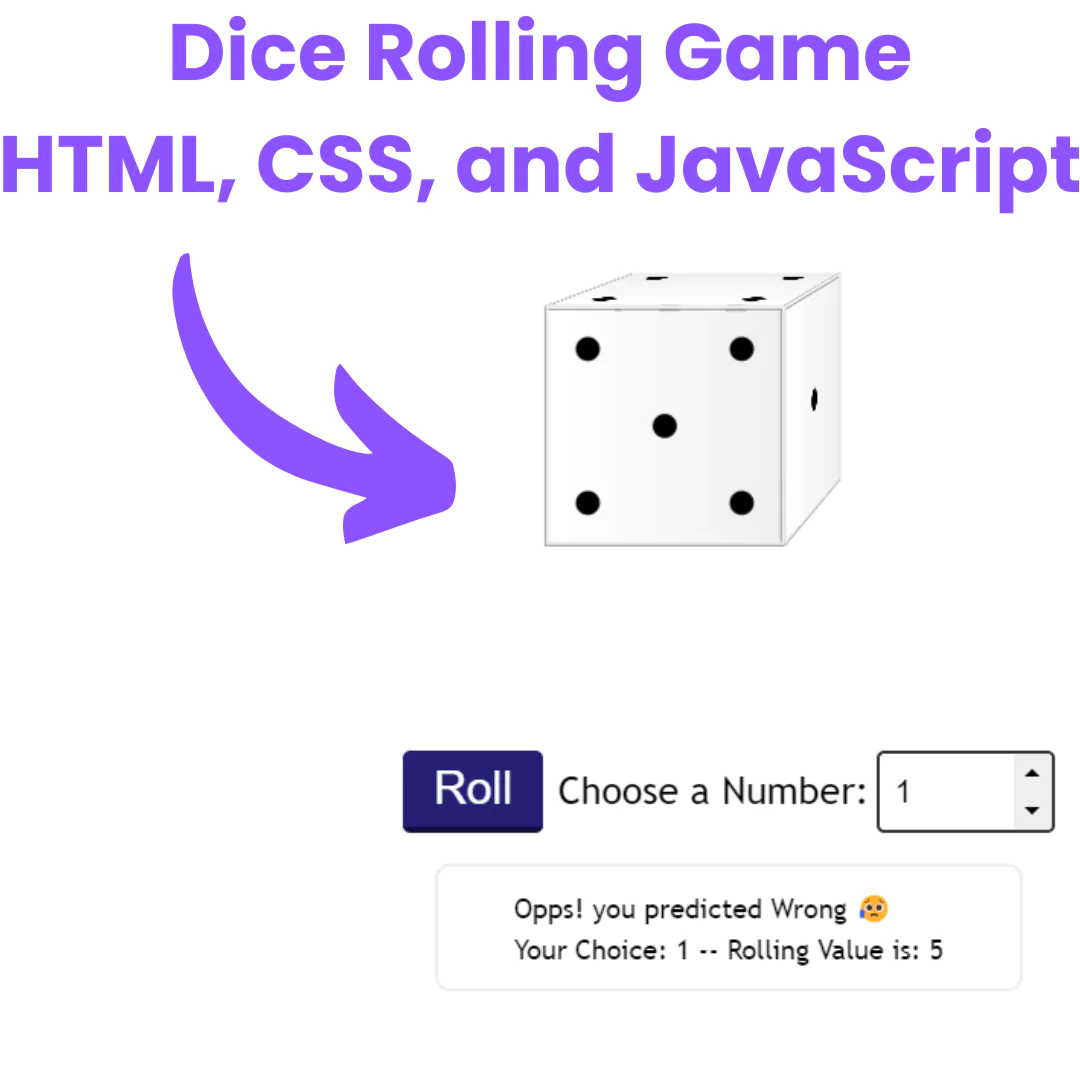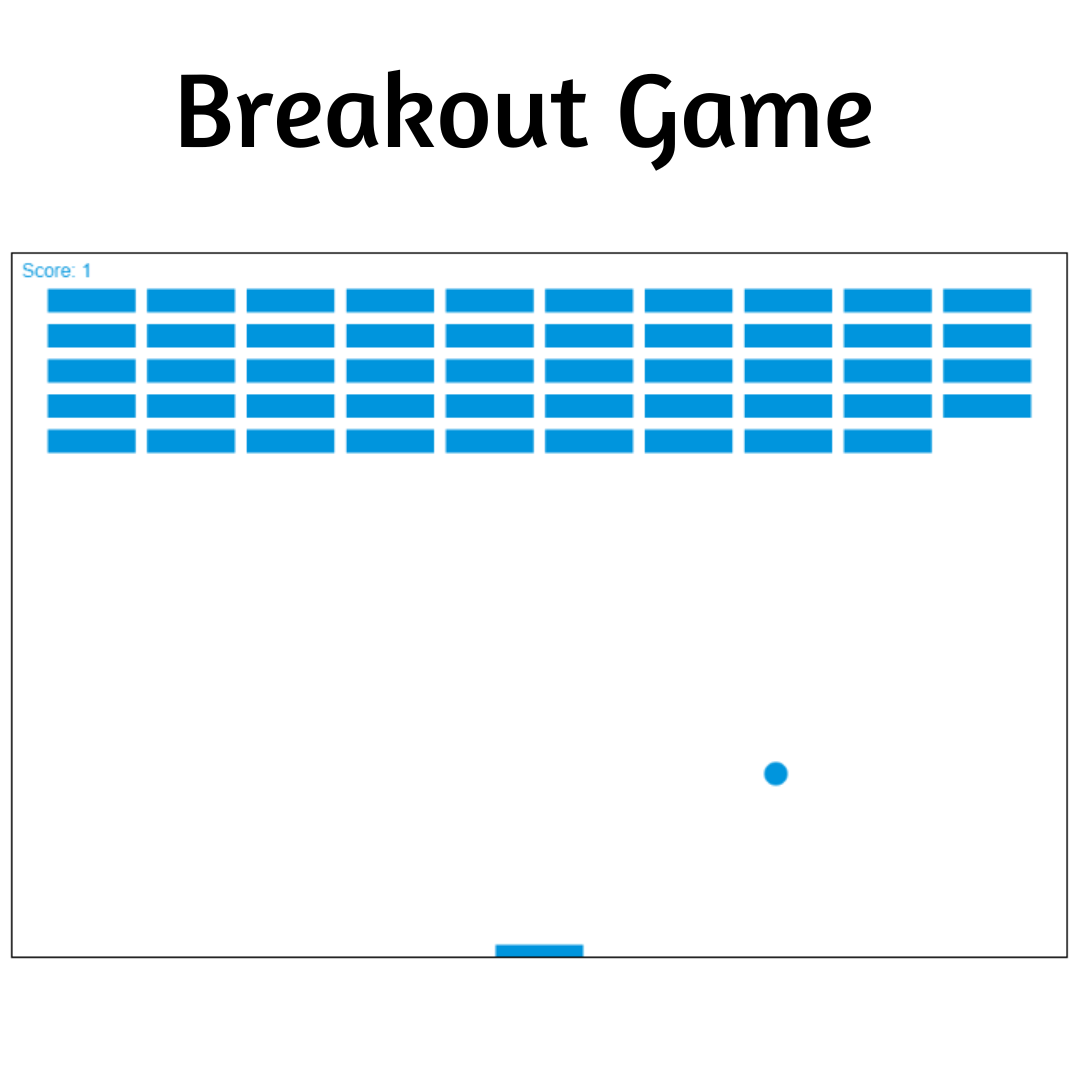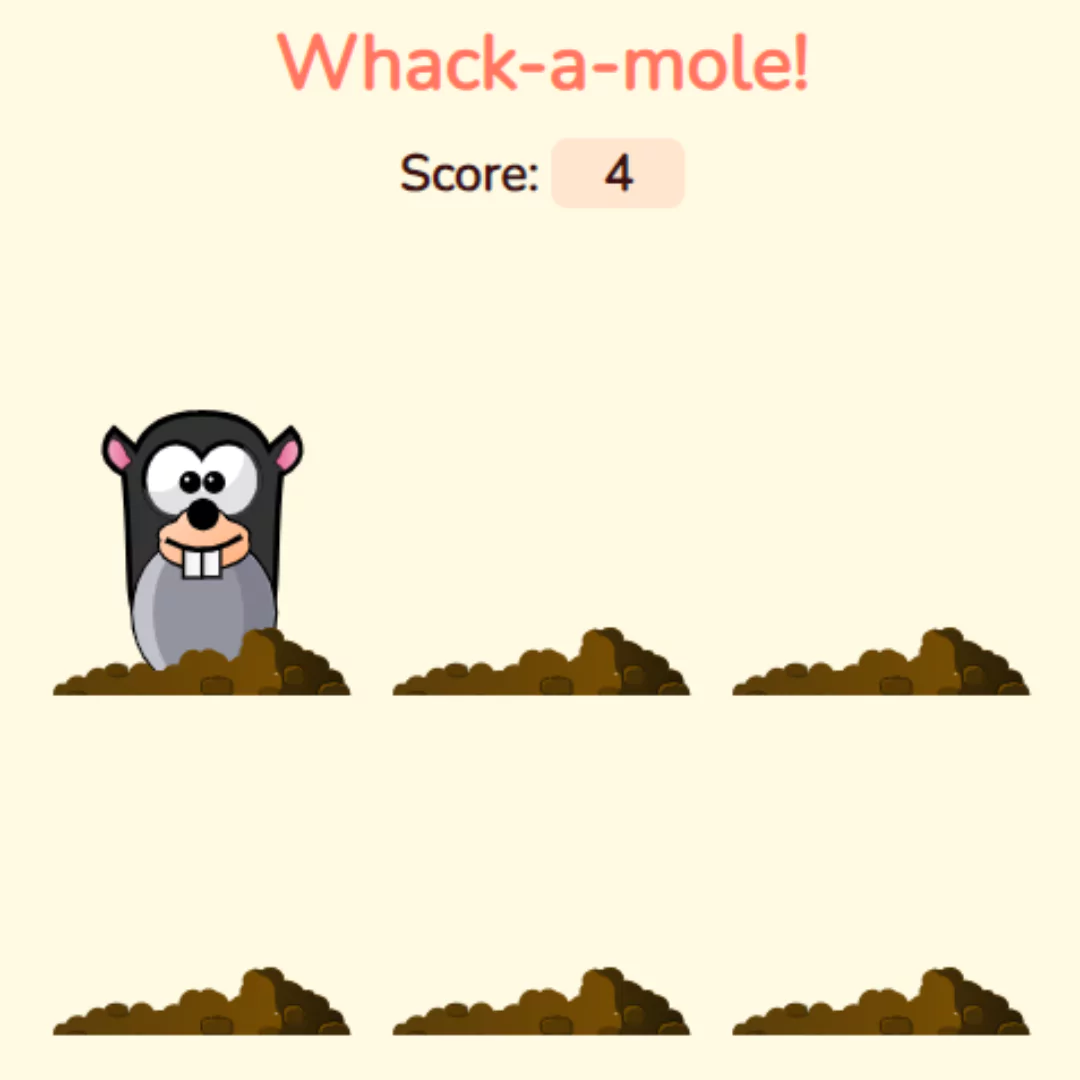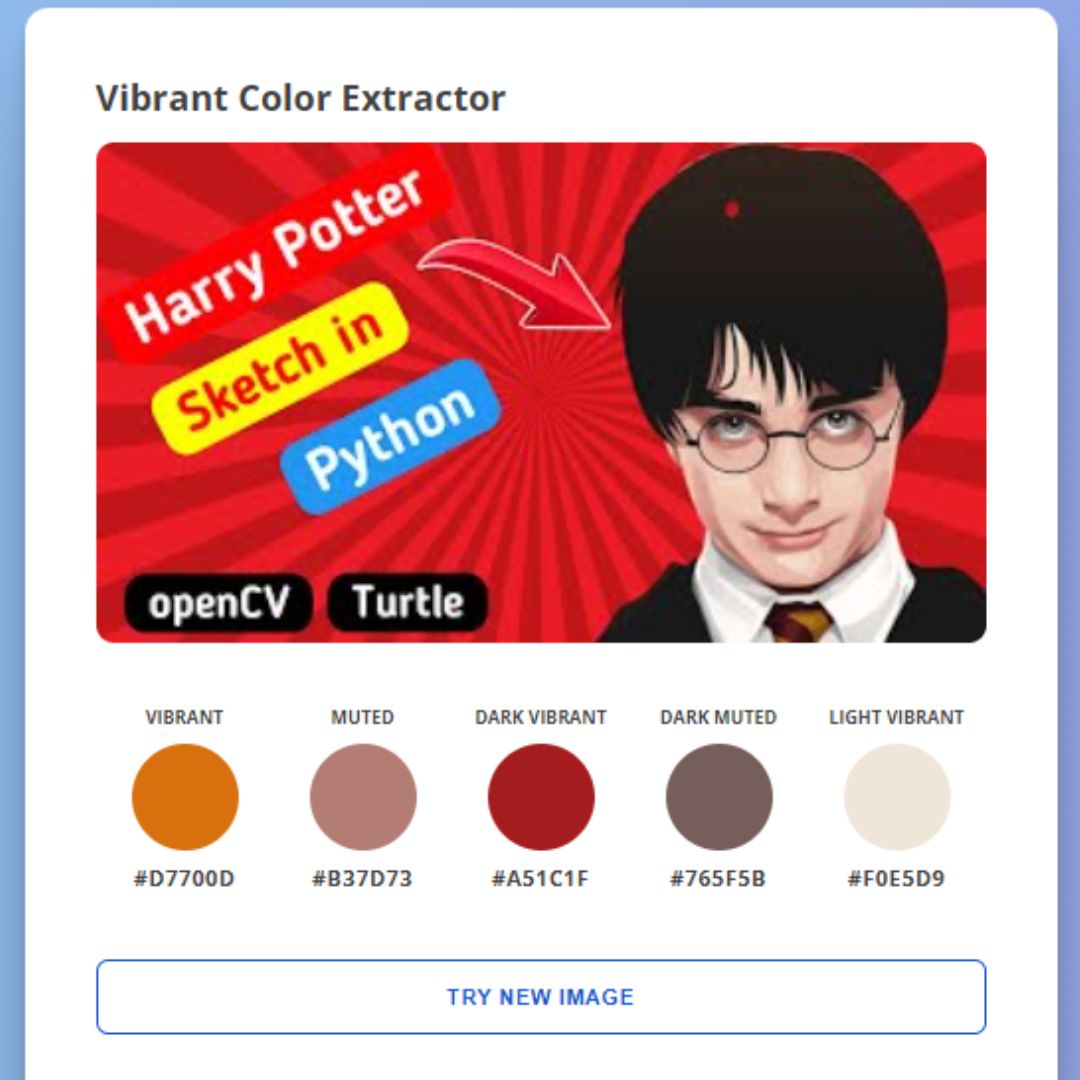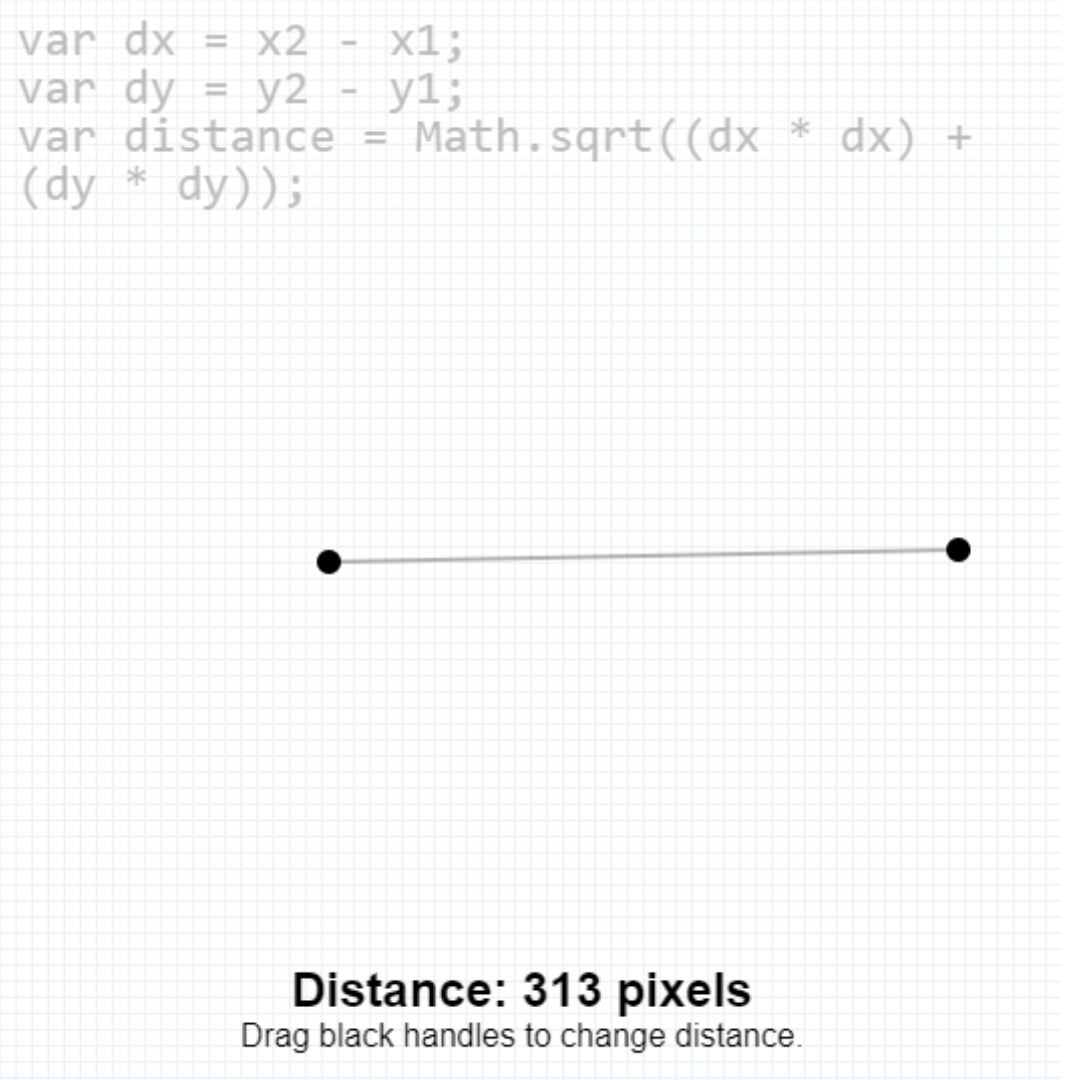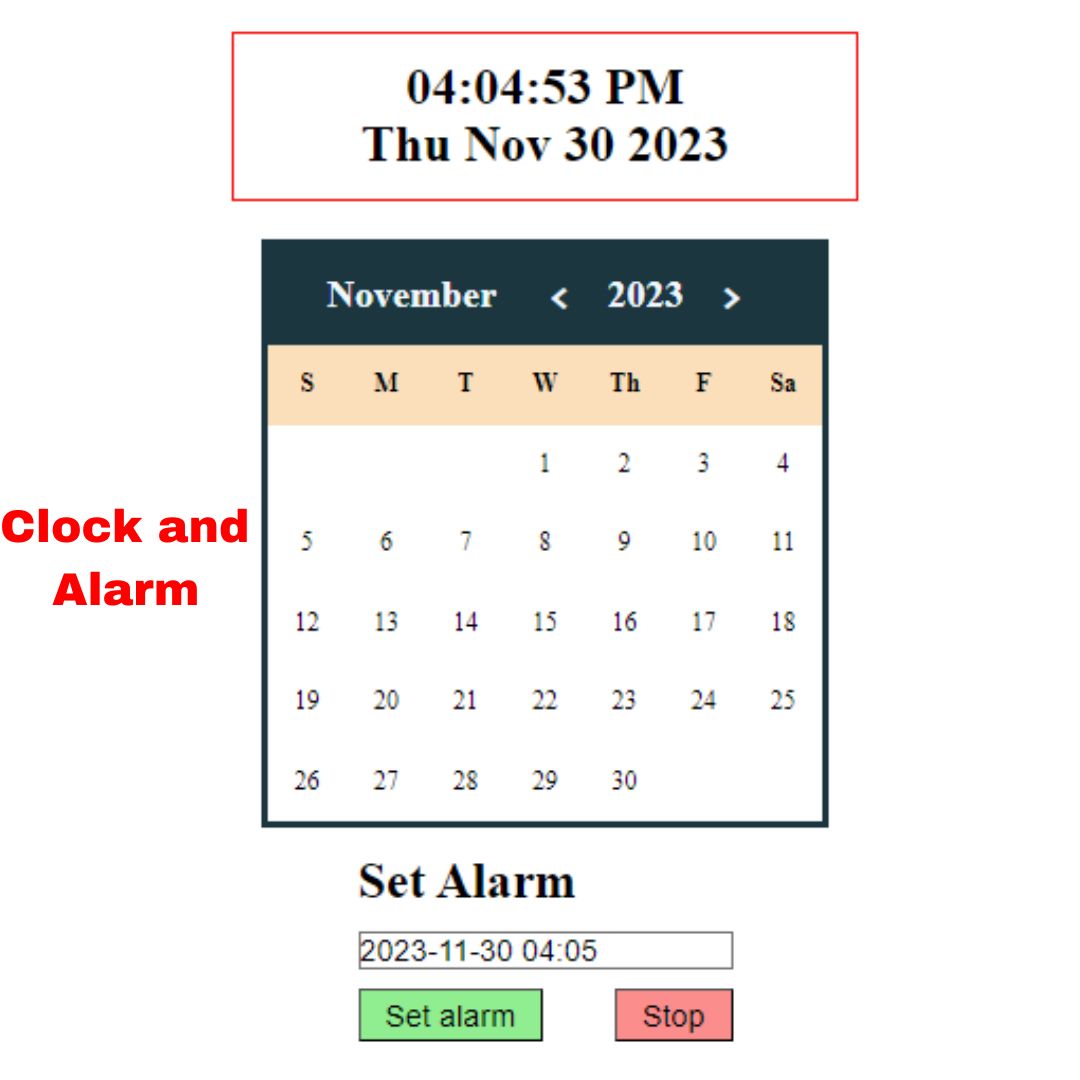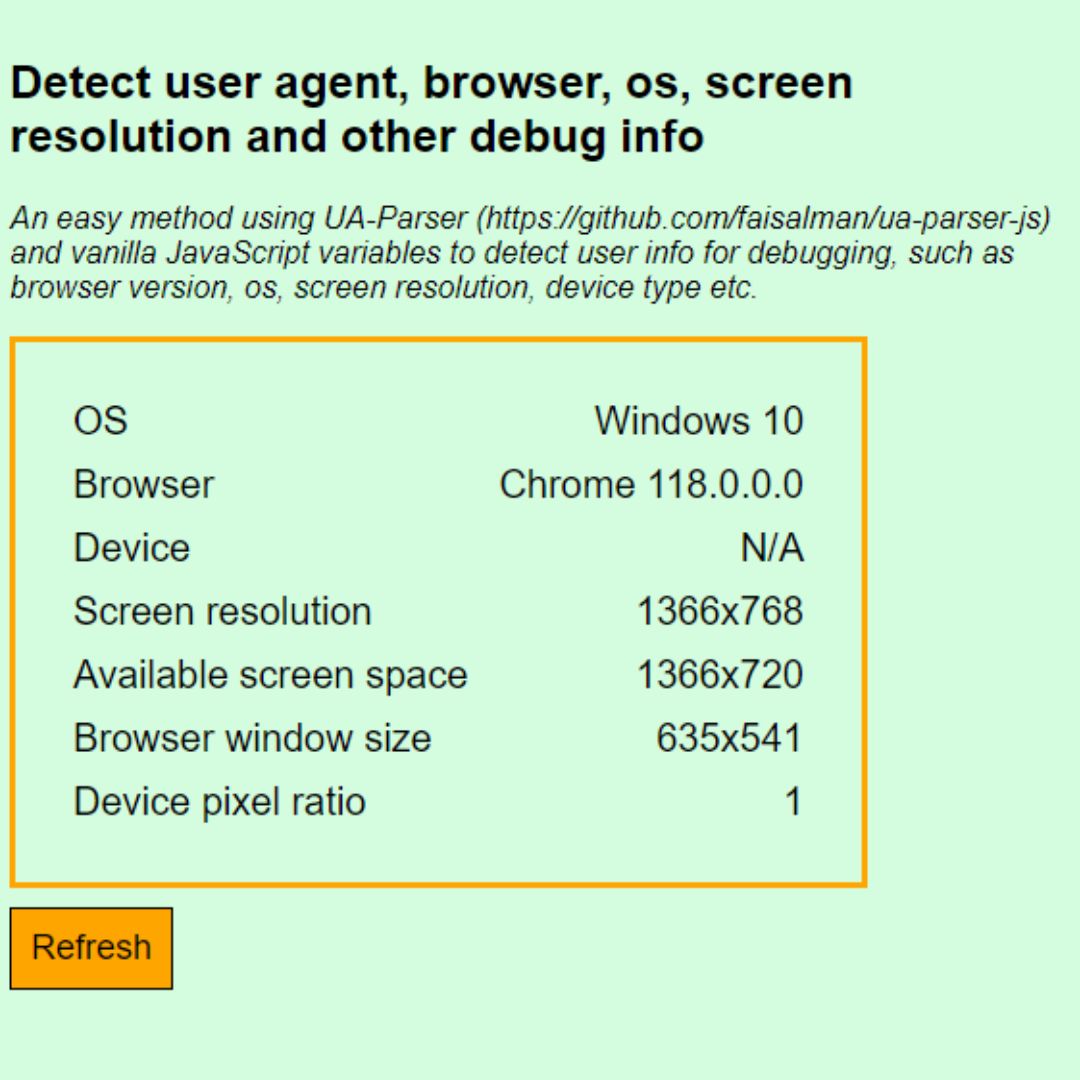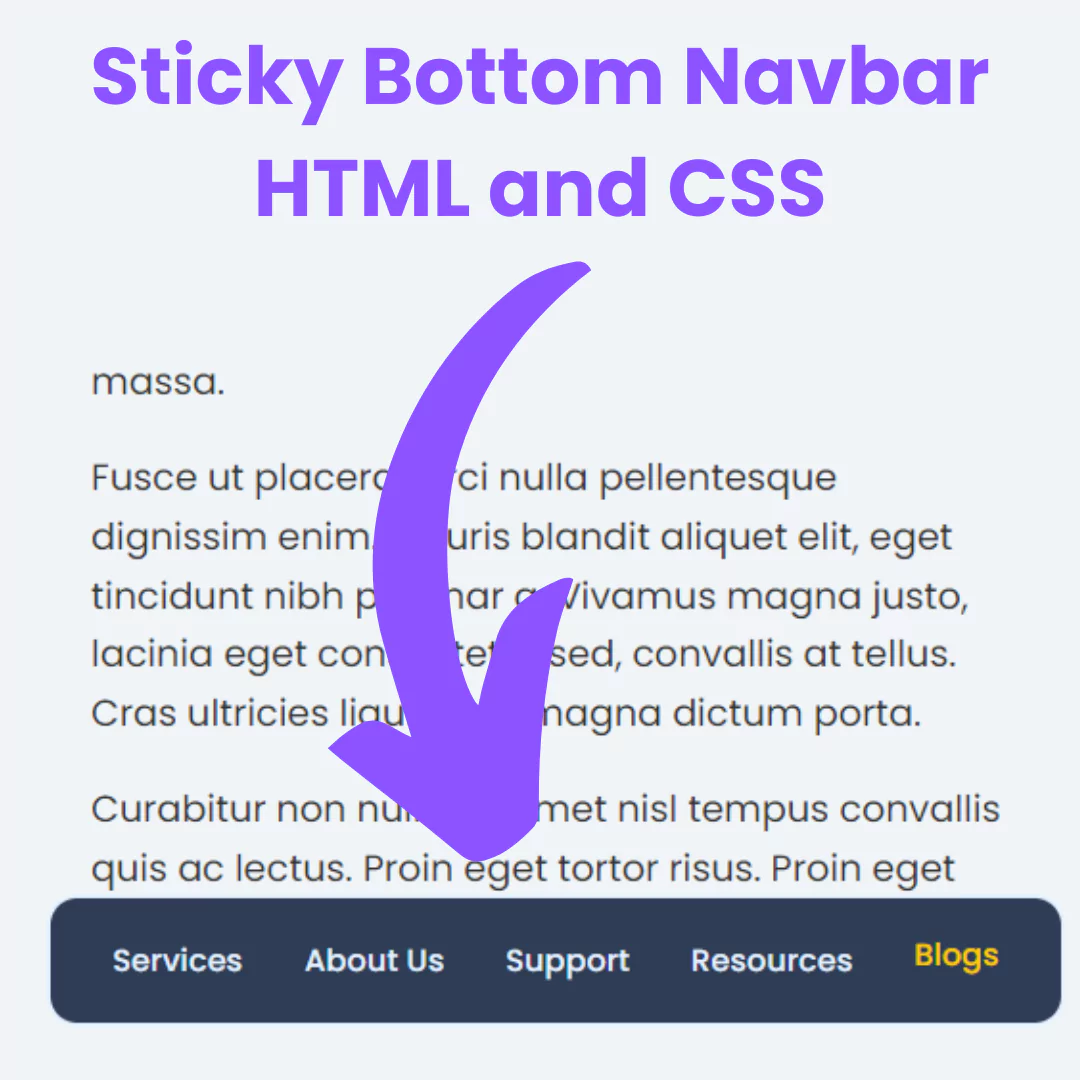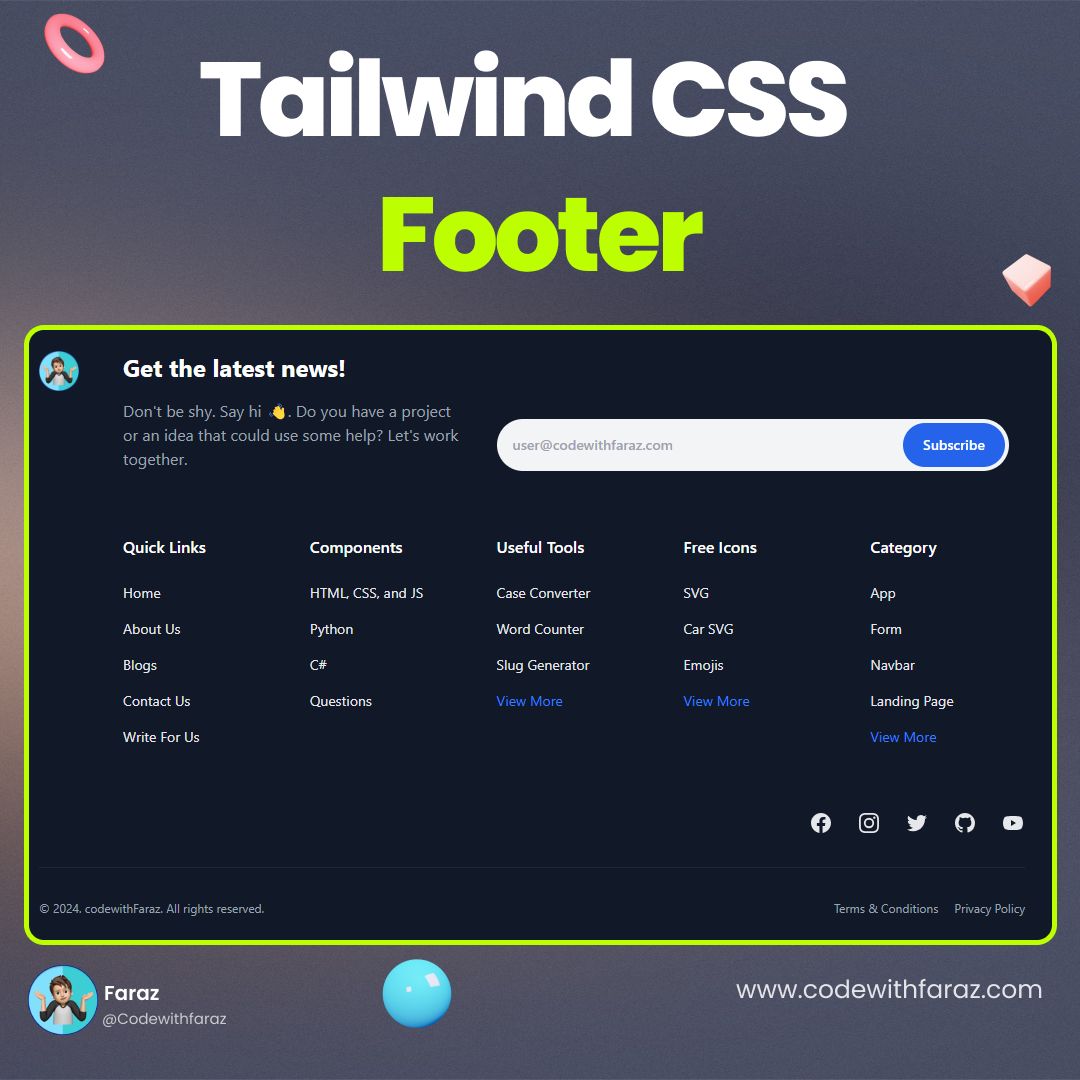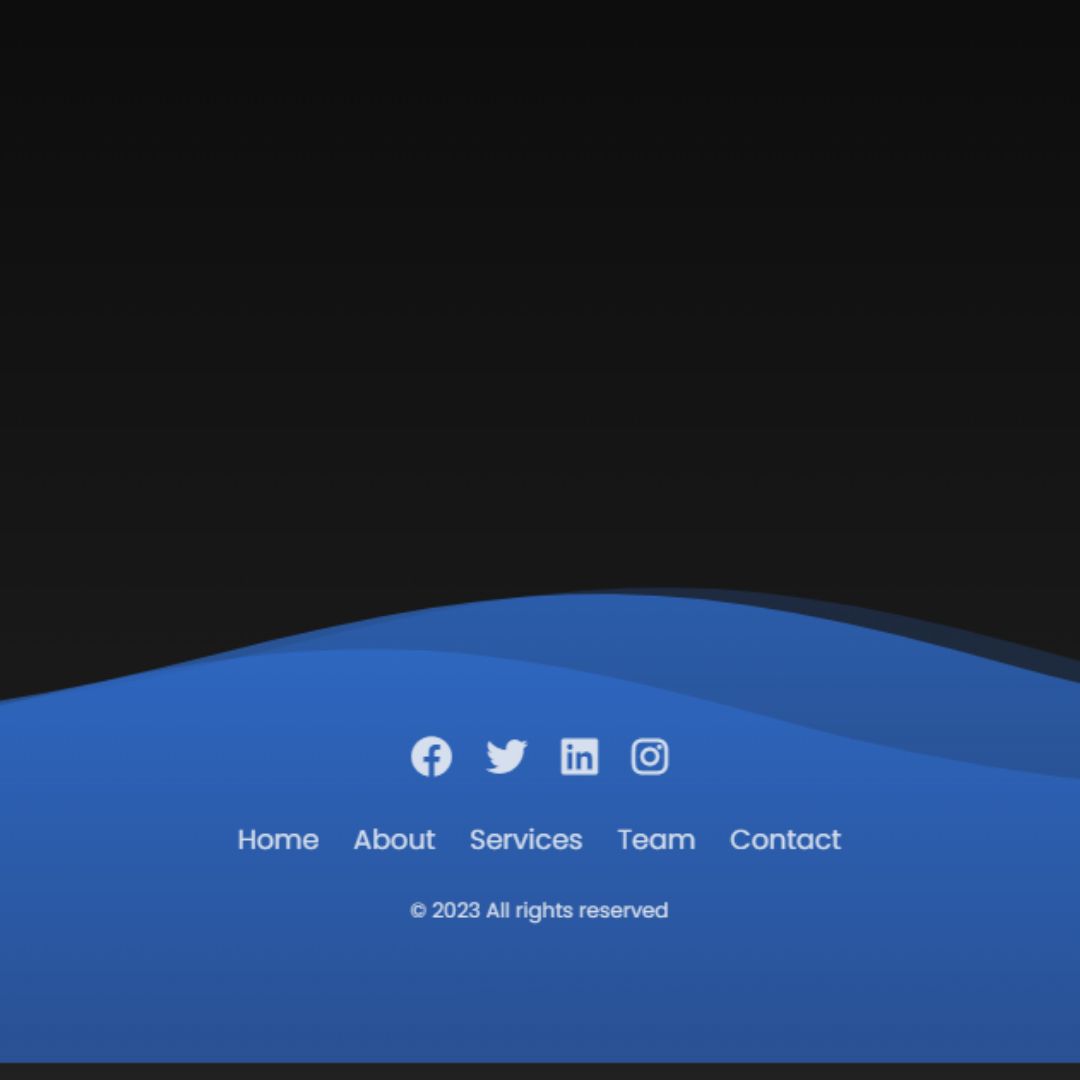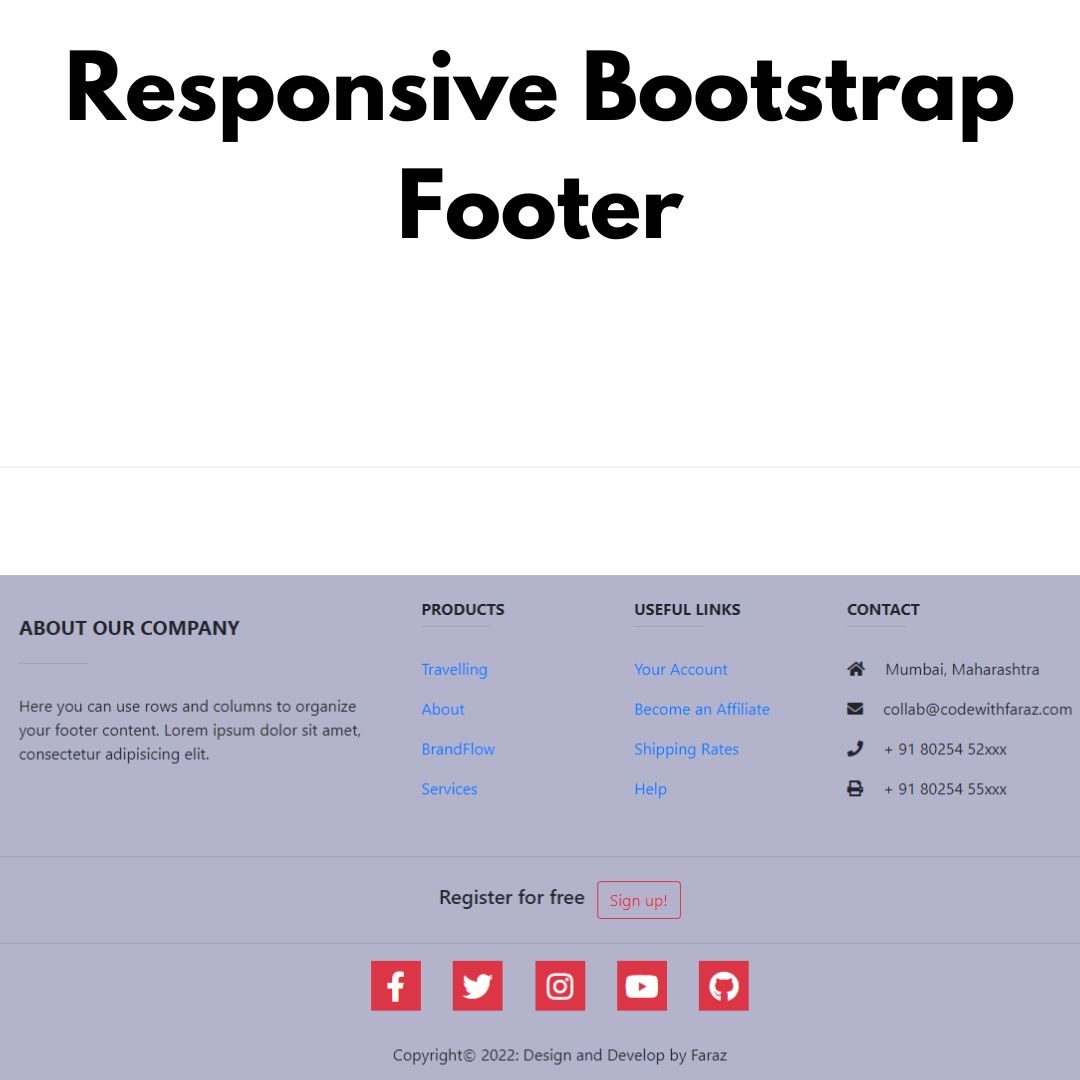Learn how to develop a Task Management System using Python and Tkinter. This tutorial provides a step-by-step guide for beginners.

Task management systems are essential tools for individuals and teams to stay organized and productive. In this article, we will explore how to create a task management system using Python and Tkinter, a popular Python GUI toolkit. By the end of this tutorial, you will have a functional task management system that you can use to keep track of your tasks efficiently.
Table of Contents
- Introduction
- Understanding Tkinter
- Setting up the Development Environment
- Creating the GUI
- Full Source Code
- Explanation of Source Code
- Conclusion
- FAQs (Frequently Asked Questions)
I. Introduction
Staying organized is essential for success in both personal and work life. A task management system allows you to create, track, and manage tasks effectively. Python, with its simplicity and versatility, combined with Tkinter's powerful GUI capabilities, provides an excellent platform to build such a system.
II. Understanding Tkinter
Tkinter is a standard Python library for creating graphical user interfaces. It provides a set of tools and widgets that allow developers to build GUI applications easily. Tkinter is included with most Python installations, making it readily available for anyone interested in GUI programming with Python.
III. Setting up the Development Environment
Before we start building the task management system, we need to set up our development environment. Here are the steps to follow:
- Install Python: Download and install the latest version of Python from the official website.
- Install Tkinter: Tkinter is usually included with Python installations. Ensure that Tkinter is installed correctly by importing it in a Python script.
- Set up a code editor: Choose a code editor or integrated development environment (IDE) that suits your preferences. Some popular options include Visual Studio Code, PyCharm, and Sublime Text.
Once you have completed these steps, you are ready to begin building the task management system.
IV. Creating the GUI
The first step in creating our task management system is to design the graphical user interface (GUI). We will use Tkinter's widgets to create the main window, labels, entry fields, and buttons.
1. Creating the Main Window
In Tkinter, the main window is created using the Tk() class. We can customize the window's appearance by setting attributes such as the title, size, and background color.
2. Adding Labels and Entry Fields
Labels and entry fields are essential for displaying and capturing task information. We can use the Label and Entry widgets to add descriptive labels and input fields to our GUI.
3. Implementing Buttons
Buttons enable users to interact with the task management system. We will add buttons to perform actions such as adding tasks, marking tasks as complete, and deleting tasks. Tkinter provides the Button widget for this purpose.
V. Full Source Code
import tkinter as tk
from tkinter import messagebox, ttk
from tkcalendar import DateEntry
from datetime import datetime
class Task:
def __init__(self, name, priority, due_date):
self.name = name
self.priority = priority
self.due_date = due_date
class TaskManagerApp:
def __init__(self, root):
self.root = root
self.root.title("Task Manager")
self.tasks = []
self.task_name_var = tk.StringVar()
self.priority_var = tk.StringVar()
self.due_date_var = tk.StringVar()
self.create_widgets()
def create_widgets(self):
# Task Name Label and Entry
tk.Label(self.root, text="Task Name:").grid(row=0, column=0, sticky="w")
task_name_entry = tk.Entry(self.root, textvariable=self.task_name_var)
task_name_entry.grid(row=0, column=1, padx=10, pady=5)
# Priority Label and Dropdown
tk.Label(self.root, text="Priority:").grid(row=1, column=0, sticky="w")
priority_values = ["Low", "Medium", "High"]
priority_dropdown = ttk.Combobox(self.root, textvariable=self.priority_var, values=priority_values)
priority_dropdown.grid(row=1, column=1, padx=10, pady=5)
# Due Date Label and Calendar
tk.Label(self.root, text="Due Date:").grid(row=2, column=0, sticky="w")
due_date_entry = DateEntry(self.root, textvariable=self.due_date_var, date_pattern="yyyy-mm-dd")
due_date_entry.grid(row=2, column=1, padx=10, pady=5)
# Add Task Button
add_task_button = tk.Button(self.root, text="Add Task", command=self.add_task)
add_task_button.grid(row=3, column=0, columnspan=2, padx=10, pady=5)
# Task List Treeview
self.task_list_treeview = ttk.Treeview(self.root, columns=("Priority", "Due Date"))
self.task_list_treeview.grid(row=4, column=0, columnspan=2, padx=10, pady=5)
self.task_list_treeview.heading("#0", text="Task Name")
self.task_list_treeview.heading("Priority", text="Priority")
self.task_list_treeview.heading("Due Date", text="Due Date")
# Delete Task Button
delete_task_button = tk.Button(self.root, text="Delete Task", command=self.delete_task)
delete_task_button.grid(row=5, column=0, padx=10, pady=5, sticky="w")
# Clear Task Button
clear_task_button = tk.Button(self.root, text="Clear Task", command=self.clear_task)
clear_task_button.grid(row=5, column=1, padx=10, pady=5, sticky="e")
def add_task(self):
name = self.task_name_var.get()
priority = self.priority_var.get()
due_date = self.due_date_var.get()
if name and priority and due_date:
task = Task(name, priority, due_date)
self.tasks.append(task)
self.task_list_treeview.insert("", tk.END, text=task.name, values=(task.priority, task.due_date))
self.task_name_var.set("")
self.priority_var.set("")
self.due_date_var.set("")
else:
messagebox.showerror("Error", "Please fill in all fields.")
def delete_task(self):
selected_item = self.task_list_treeview.selection()
if selected_item:
task_name = self.task_list_treeview.item(selected_item)["text"]
for task in self.tasks:
if task.name == task_name:
self.tasks.remove(task)
self.task_list_treeview.delete(selected_item)
break
def clear_task(self):
self.task_name_var.set("")
self.priority_var.set("")
self.due_date_var.set("")
if __name__ == "__main__":
root = tk.Tk()
app = TaskManagerApp(root)
root.mainloop()
VI. Explanation of Source Code
Let's go through the code step by step:
1. The necessary libraries are imported:
- tkinter is imported as tk for creating the GUI elements.
- messagebox from tkinter is imported for displaying error messages.
- ttk from tkinter is imported for creating a combobox widget.
- DateEntry from tkcalendar is imported for creating a calendar widget.
- datetime is imported for working with dates.
2. The code defines two classes: Task and TaskManagerApp.
- Task represents a single task with attributes such as name, priority, and due date.
- TaskManagerApp is the main application class that handles the GUI and manages the tasks.
3. The TaskManagerApp class has an __init__ method that initializes the application. It sets up the main window, sets the title, and creates an empty list for storing tasks. It also creates several StringVar variables to store the input values from the GUI.
4. The create_widgets method of the TaskManagerApp class is responsible for creating and placing the GUI elements in the main window. It creates labels, entry fields, dropdowns, buttons, and a treeview widget for displaying the task list.
5. The add_task method is called when the "Add Task" button is clicked. It retrieves the input values from the GUI, creates a Task object with the provided values, adds it to the list of tasks, and updates the task list displayed in the treeview widget. If any of the input fields are empty, it shows an error message using the messagebox.
6. The delete_task method is called when the "Delete Task" button is clicked. It retrieves the selected item from the treeview widget, finds the corresponding task in the list of tasks, removes it from the list, and deletes the task from the treeview.
7. The clear_task method is called when the "Clear Task" button is clicked. It clears the input fields by resetting the associated StringVar variables.
8. The code then checks if the script is being run as the main module. If so, it creates an instance of the TaskManagerApp class, sets up the main window (root), and starts the application by calling the mainloop method.
VII. Conclusion
In this article, we have explored how to create a task management system in Python using Tkinter. We started by understanding Tkinter and setting up the development environment. Then, we designed the GUI and implemented the functionality to manage tasks, including adding, displaying, marking as complete, and deleting tasks. Finally, we discussed the importance of saving and loading task data. By following this tutorial, you now have the knowledge to build your own task management system and enhance it according to your requirements.
VIII. FAQs (Frequently Asked Questions)
Q1. Can I customize the appearance of the task management system?
Yes, Tkinter provides various options to customize the GUI's appearance, such as changing colors, fonts, and widget styles. You can experiment and modify the system to match your preferences.
Q2. Is Tkinter the only GUI toolkit available for Python?
No, there are other GUI toolkits available for Python, such as PyQt, PySide, and Kivy. Each toolkit has its own strengths and weaknesses, so you can choose the one that best fits your project requirements.
Q3. Can I add additional features to the task management system?
Absolutely! This tutorial provides a basic foundation for a task management system. You can extend it by adding features like task prioritization, due dates, reminders, and user authentication.
Q4. How can I distribute my task management system to others?
You can convert your Python script into an executable file using tools like PyInstaller or cx_Freeze. This allows you to distribute your system as a standalone application that others can run without having Python or Tkinter installed.
Q5. Are there any resources for further learning?
Yes, there are many online resources and tutorials available for learning Python and Tkinter. You can refer to official documentation, books, video tutorials, and community forums to deepen your knowledge and explore advanced topics.
That’s a wrap!
I hope you enjoyed this article
Did you like it? Let me know in the comments below 🔥 and you can support me by buying me a coffee.
And don’t forget to sign up to our email newsletter so you can get useful content like this sent right to your inbox!
Thanks!
Faraz 😊


